11 useful things to know about nipples
Breast Health and beauty depend not only on nature, but also on how carefully you feel about it. This does not mean that the chest needs any particular cosmetics or stimulation, but be aware of the fact that her condition is normal and what is not - it is necessary. The more you are aware of their physiology, the easier it will be to maintain health. That's why we decided to put together a few simple, but important facts about the nipples.
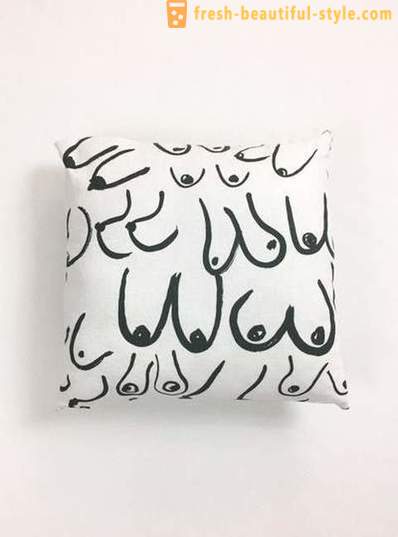
The shape and size
Nipples can be any shape, size and color definition. It is unlikely that there is a chest identical to the other breast. In some women, the nipple can be large and dark and others - small and pale pink. But whatever they may be, do not worry, because this is how it should be.

erect nipples
Erect nipples do not always signify arousal. If you are cold, or you simply touch the nipples, they can "rise" in a way that will be visible through clothing. Also, not all women nipples harden during sex. This does not mean that you are not excited, just your nipples are arranged so that an erection is unknown to them.
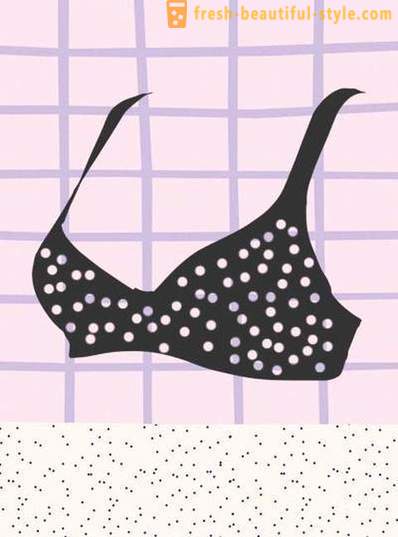
Holes
The nipple is not one hole. Usually, women learn about it only when they begin to breastfeed. Several openings in the nipple may produce milk, there are about 15.

Hair
To have hair on the nipples - this is normal, and in fact is much more common than it might seem. If you do not like the fact that your nipples have a scalp, it can always be removed. But do not think that the presence of hair makes nipples wrong or unhealthy.
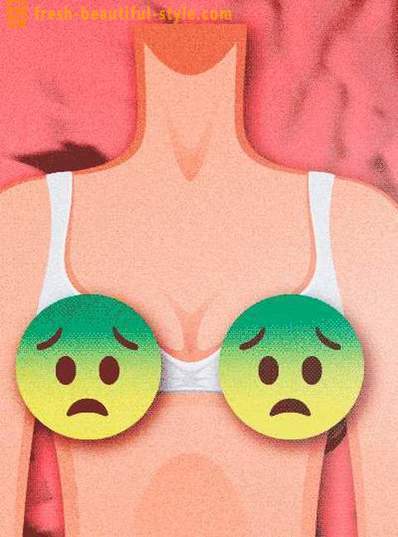
Sensitivity
The sensitivity of the nipple may also differ in different women. For some, touching the chest causing a pleasant sensation, especially during sex, and for some sensitivity may be an obstacle to such a pleasure, as the delicate skin can not tolerate touch. In some cultures, women dyed their nipples to attract partners, making them as dark. In Japan, for example, are considered the standard of beauty pale pink nipples.

sebaceous glands
Small halo formation on the nipples - it is absolutely normal, as they are responsible for ensuring that the teat skin always remains soft and moisturized. This is the closest and most natural source of hydration. So do not in any way get rid of them and put on the nipple creams or moisturizers.

Inverted nipples
Inverted nipples - a very common phenomenon. About 10-20% of women have them. But while inverted nipples - this is not a cause for embarrassment or lack of confidence, they can breastfeeding create some problems that can be solved only with the help of special bras.
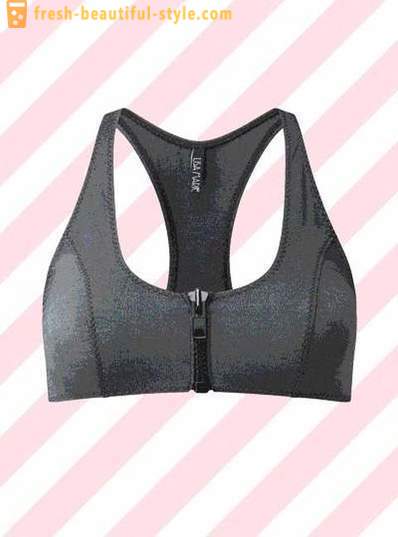
Running and fitness
If you exercise for a long time without a bra, your nipples can become dry and sometimes even sore and bleeding. To avoid such things, you need to buy the right clothes, especially if you are a runner.

Cycle
Nipple sensitivity depends on the menstrual cycle. Thanks to these hormones, estrogen and progesterone, the nipples may be extremely sensitive, when the cycle is coming to the onset of menses.
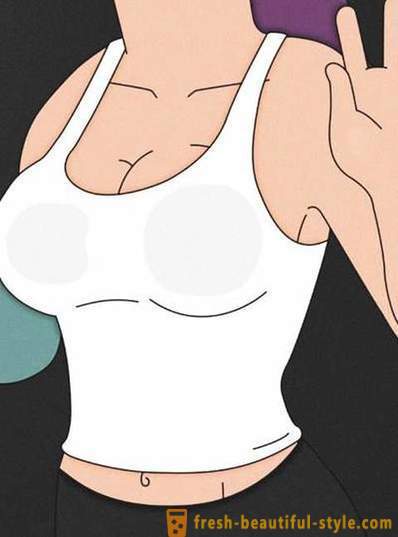
Allocation
Discharge from the nipple - is the norm, even if you are breastfeeding. From time to time release may occur, but usually they are not visible, and the majority of them women and not suspects. But if the separation became more frequent and visible, or if you see blood, you should consult your doctor.

Orgasm
Orgasm from stimulation of the nipples is quite possible for some women. The sensitivity can be very high, and touching the chest can cause so much excitement that a woman can culminate after some time active breast and nipple stimulation, but also because during touching to the teats in the cerebral cortex excited sensors, responsible for genitals.













































